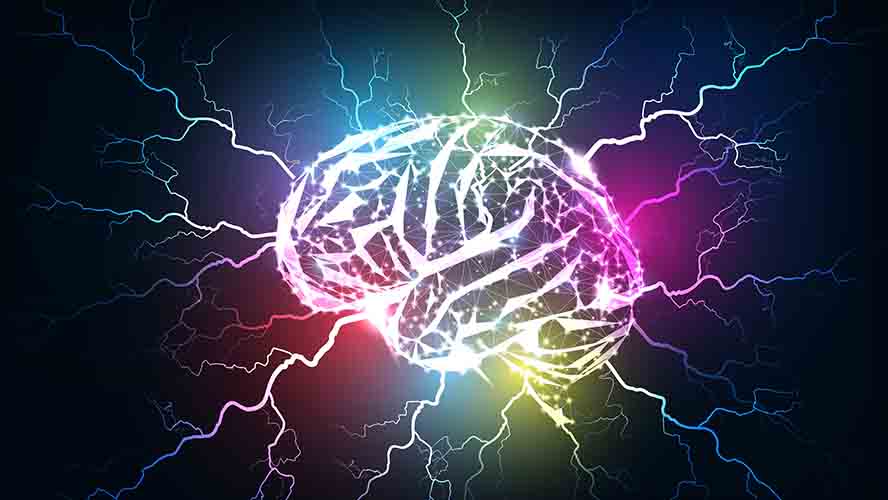
A recent study from UHN’s Krembil Brain Institute has revealed important differences in brain activity between Parkinson disease and dystonia, two movement disorders with contrasting symptoms. Parkinson usually causes slow or reduced movement, while dystonia makes muscles contract uncontrollably.
Parkinson and dystonia are both tied to problems in the brain’s movement control systems, specifically in the basal ganglia. These issues involve certain pathways to a specific region called the globus pallidus internus (GPi). In Parkinson, nerve cells in the GPi become more active, while in dystonia, these cells fire less often.
Even though the brain circuits act differently in Parkinson and dystonia, doctors use the same treatment—deep brain stimulation (DBS)—to manage movement symptoms in both conditions. DBS involves placing tiny electrodes in specific parts of the brain to help regulate abnormal brain activity. Still, patients with each disorder respond differently, suggesting disease-specific changes in brain connections.
To investigate this further, researchers studied the brain activity of GPi neurons in patients undergoing DBS treatment. They found that in dystonia, nerve cells fired more slowly, irregularly, and often in bursts, compared to in Parkinson disease. In addition, the researchers discovered that certain brain wave patterns—theta waves in dystonia and low-beta waves in Parkinson—are directly related to the severity of movement symptoms in each condition. This provides single-cell resolution support of earlier studies that found similar connections between these frequency patterns and symptoms in people with Parkinson and dystonia.
The researchers also examined how the brain changes after electrical stimulation, a process called brain plasticity. They found that this process works differently in Parkinson disease and dystonia. In dystonia, the brain seems to be less capable of long-term changes, meaning its wiring is less flexible compared to Parkinson disease.
These findings not only offer a deeper understanding of the differences between Parkinson and dystonia at a cellular level, but can also help to improve treatments like deep brain stimulation by tailoring approaches to each disorder’s specific brain activity patterns and responses to electrical stimulation.
The first authors of this study are Srdjan Sumarac, Doctoral Candidate at Krembil Research Institute, Kiah A. Spencer, Doctoral Candidate, and Dr. Leon A. Steiner, Postdoctoral Researcher at Krembil Research Institute and Universitätsmedizin Berlin.
The senior author of this study is Dr. Luka Milosevic, Scientist at Krembil Research Institute, Affiliate Scientist at KITE Research Institute, and Assistant Professor at the University of Toronto.
This work was supported by Brain Canada in partnership with the Azrieli Foundation, the Banting Research Foundation in partnership with the Dystonia Medical Research Foundation, and UHN Foundation.
Sumarac S, Spencer KA, Steiner LA, Fearon C, Haniff EA, Kühn AA, Hodaie M, Kalia SK, Lozano A, Fasano A, Hutchison WD, Milosevic L. Interrogating basal ganglia circuit function in people with Parkinson's disease and dystonia. Elife. 2024 Aug 27;12:RP90454. doi: 10.7554/eLife.90454.

